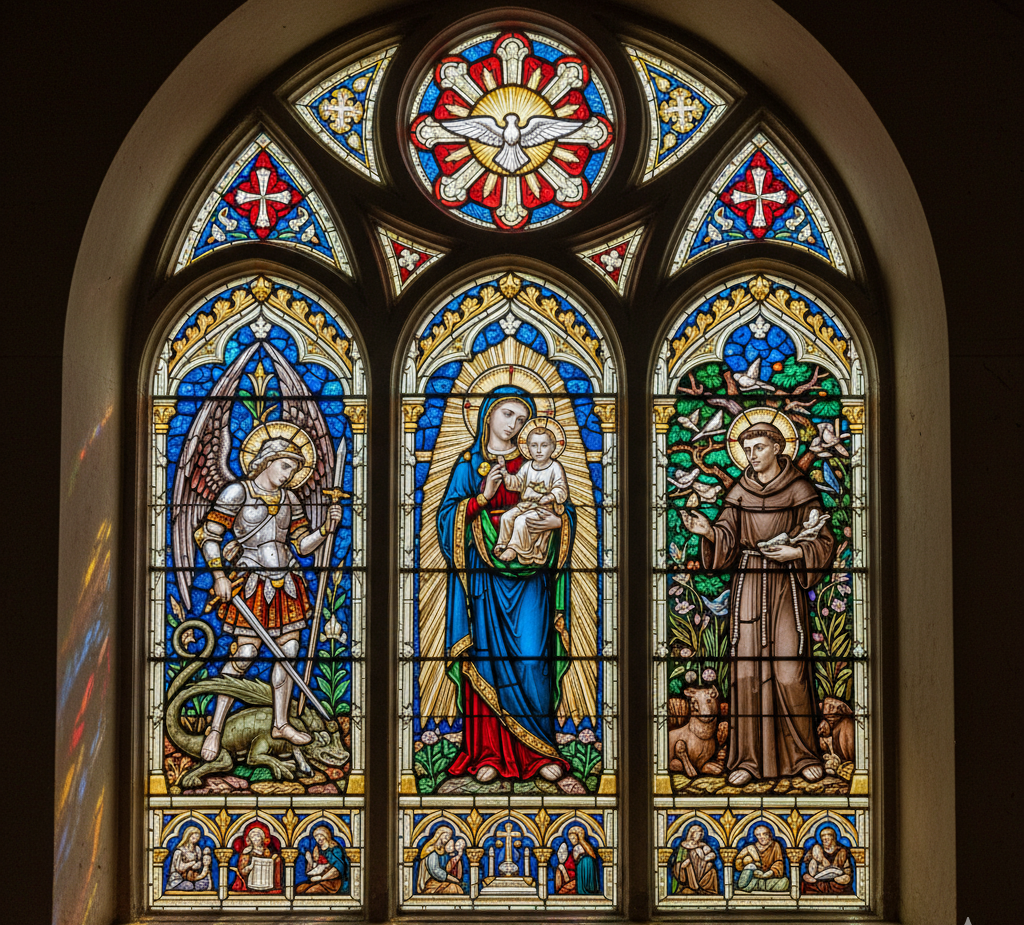Since ancient times, the arrival of winter in the Northern Hemisphere has been met with feelings of anxiety and dread, something we often overlook in our comfortable, modern lives, thanks to the support of modern technology and inventions. In the not-so-distant past, nature was an unpredictable and often volatile force, making this time of year particularly challenging. As the days grew shorter and temperatures dropped, natural sources of food dwindled beneath layers of snow while ice covered the bodies of water. During the long, dark hours of winter, the world could feel eerie. Human senses, honed by evolution to detect danger, often picked up strange noises that the imagination transformed into dangerous creatures lurking between the realms of the living and the dead. Myths of ghouls and ghosts emerged in various cultures, each developing its own set of mythical beings and methods to cope with them, whether to protect against, tame, or appease these imagined entities in an attempt to satisfy their supposed thirst for blood, violence, or revenge. Most of those creatures were the dead whose souls couldn’t find rest because of the injustice they had experienced in life, or the persecution that led to their demise and premature, often violent death, and so on. Our distant ancestors developed ceremonies and rituals to appease those souls, let them rest in peace and leave the living undisturbed.
The Christian faith, from its very beginning, addressed people’s concerns about the fate of their deceased loved ones in the afterlife through a unique theological lens. It offers a vision of eternal happiness in heaven, which often serves as the ultimate consolation for the hardships of life on earth. On the other hand, there have always been individuals whose actions caused suffering for others, raising questions about what happens to their souls after death, if they seemed unworthy of heaven’s peaceful existence. Could they be reconciled and forgiven posthumously? Over time, these two challenges led to the development of two interconnected celebrations: the Solemnity of All Saints and the Commemoration of All the Faithful Departed.
The Solemnity of All Saints, usually observed on 1st November, honours those deceased individuals who have already attained the fullness of life in heaven. The Commemoration of All the Faithful Departed, commonly known as All Souls’ Day, is typically held on 2nd November and is dedicated to prayer for those who may still be in purgatory. Unlike pagans, we Christians believe that the souls of the departed do not haunt the living as ghosts. Instead, these souls require our prayers to achieve the spiritual purity necessary to enter the fullness of life in heaven. Overall, these two interconnected celebrations offer us a perspective that can help ease our anxieties and fears about death. They also instruct us on how to live in the moment while we still have control over our lives. It’s important to emphasise that the term “vision” is used in its broadest sense. We must never take any biblical description of the afterlife as a literal representation, with one exception presented by St Paul in his First Letter to the Corinthians: “No eye has seen, nor ear heard, nor the heart of man imagined, what God has prepared for those who love him” (2:9).
Traditionally, the term “saint” refers to individuals who have lived extraordinary lives and whose achievements have been officially recognised by the Church through canonisation. Recently, Pope Leo has canonised several modern figures, including Pier Giorgio Frassati and Carlo Acutis. However, the focus of today’s solemnity is broader. When we say, “all saints,” we mean everyone who has reached their ultimate destination as described in today’s first reading. We do not pray for them because they do not need our prayers; instead, we believe that they intercede for us, much like we ask those around us to pray for us in times of need.
The saints also serve as inspiration for us to live a Christian life. While it is impossible to replicate their unique lives due to our different circumstances, their examples demonstrate that life in the Spirit is attainable. If they managed to navigate their lives in exemplary ways, so can we. Think of the saints as individual pieces in a stained-glass window; their unique shapes, colours, and positions contribute to the overall beauty of the entire image, which comes alive when light shines through it. We, too, must navigate life, enlightened by the light of the gospel, strengthened by the sacraments, and driven by charitable love, so that we may ultimately join “a great multitude that no one could number, from every nation, from all tribes and peoples and languages, standing before the throne and before the Lamb, clothed in white robes.” In short: to become saints.

